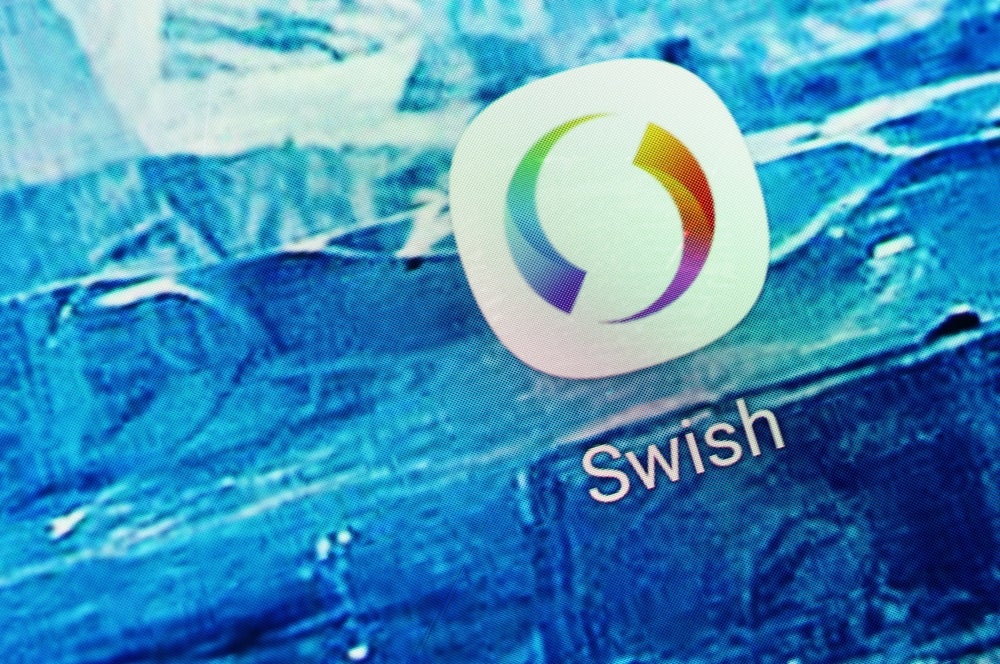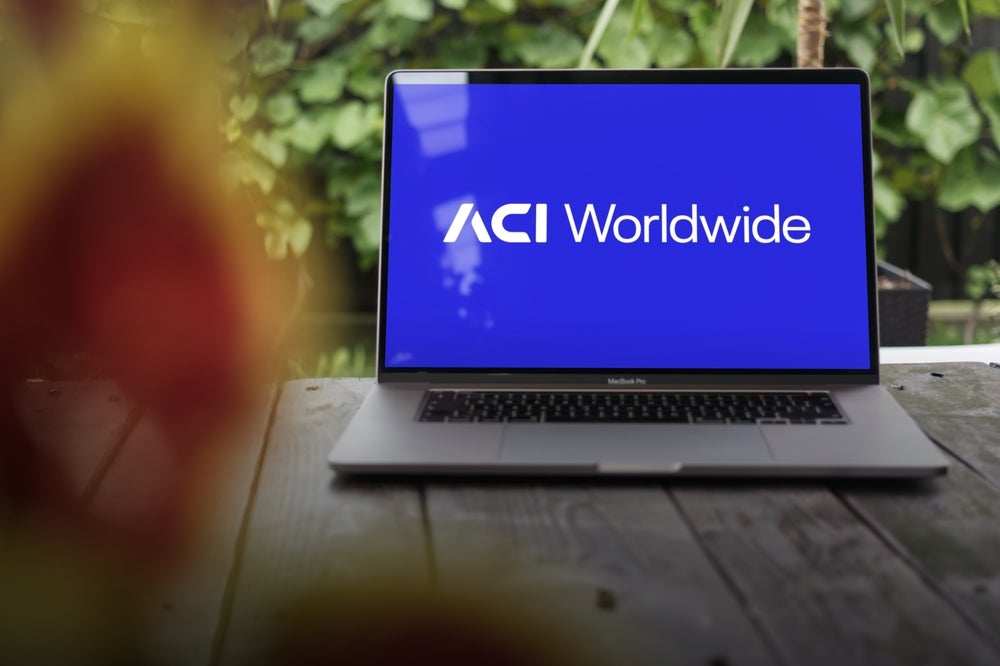A convergence of pressures,
such as attrition, the economic slump, PCI compliance and margin
compression, is bearing down on merchant acquirers, but a recent
survey in the US points to a glimmer of hope on the horizon in the
shape of emerging revenue opportunities. Charles Davis reports.
The US merchant acquisition industry
is in for a wild ride in 2010, facing a host of challenges ranging
from merchant attrition, narrowing margins and the continued
effects of the economic downturn.
A survey of US acquirers and independent sales
organisations (ISOs) conducted by payment consultancy Aite Group
struck a hopeful note, as most acquirers think that the next year
will be at least somewhat brighter than 2009, which was marred by
the economy and by a seemingly endless series of high-profile data
breaches. The survey respondents represent 17 merchant acquirers
and 29 ISOs, comprising the top 100 merchant-acquiring entities in
the US.
Factors behind attrition rates
The top challenge identified by US
acquirers, not surprisingly, was merchant attrition, with 24
percent of respondents placing this at the top of the list,
followed closely by margin compression at 22 percent and PCI
compliance and the continued recession at 17 percent.
The report found attrition rates remain
dangerously high, at an industry average of 12 percent, with
certain segments, such as retail, facing attrition rates as high as
26 percent.
How well do you really know your competitors?
Access the most comprehensive Company Profiles on the market, powered by GlobalData. Save hours of research. Gain competitive edge.

Thank you!
Your download email will arrive shortly
Not ready to buy yet? Download a free sample
We are confident about the unique quality of our Company Profiles. However, we want you to make the most beneficial decision for your business, so we offer a free sample that you can download by submitting the below form
By GlobalDataISOs and acquirers identified the top factors
in merchant attrition as not completely understanding the
merchants’ real needs and merchants going out of business. Indeed,
80 percent of the respondents think being unable to address
merchants’ real needs is the primary factor in merchant
attrition.
Almost three-quarters of ISOs and acquirers
think customer service issues are an important factor in merchant
attrition. In a previous report, Aite Group cited that issues
handled improperly or without immediacy trigger merchants to think
about switching providers. In such cases, pricing is the only
excuse for the spark that leads to the defection.
Pricing strategy was seen as an important
factor for 71 percent of ISOs and acquirers, while 62 percent feel
that impersonal relationships play a big role in merchant
attrition. Aite has cited that in previous reports as a major
factor in attrition, as merchants signed through a sales call are
less likely to remain loyal than those signed up through a
referral.
More than half of ISOs and acquirers surveyed
said that merchants are demanding lower pricing, while 41 percent
said merchants place a strong demand on the reputation and
integrity of merchant providers. Merchants previously surveyed by
Aite placed a much higher premium on reputation and integrity, with
85 percent of merchants rating that as the most important factor
they look for in a merchant services provider.
Acquiring fee increases a worry
Compression is also a major worry,
as the card associations’ increases in acquiring fees also impacts
attrition rates. The increase of Visa and MasterCard’s
per-transaction fee from $0.005 to $0.0185 in 2009 remains a major
concern, as acquirers fear that the networks will look to greater
fee increases as they look for ways to increase revenues amidst
declining volume.
“It is important for ISOs and acquirers to
realise that almost one-third [29 percent] of all merchants signed
in the United States come by way of referrals,” the report
said.
“We expect that number to increase, especially
with more and more exclusive agreements and agreements between ISOs
and acquirers on the one hand and value-added resellers on the
other.”
ISOs and acquirers rely on these agreements
from various associations and value-added resellers (VARs) to find
merchants and sign them. In fact, these arrangements make up 19
percent of the total merchants signed by the respondents.
Face-to-face sales are still a crucial component, however, as they
account for 16 percent of the merchants acquired by the
respondents.
“No matter how much money ISOs can save a
merchant, saving money will not replace the human interaction that
some merchants have with their current agent, ISO or acquirer,” the
report said.
While ISOs and acquirers today sell
essentially identical product sets to merchants – debit, gift
cards, cheque verification, internet gateways and the like – an
increasing number are venturing outside the standard line-up.
Of the respondents surveyed, 11 percent
indicated that they are offering payroll services, while 24 percent
are considering adding these services to their product set. A low
percentage of respondents are offering web services, such as domain
registration and fraud detection, but 18 percent are likely to add
these services in 2010. Another 9 percent of respondents are
considering offering technical services such as computer support,
repairs or network troubleshooting.
The report was not all pessimism, however, as
acquirers identified mobile and wireless payments,
business-to-business payments and e-commerce as the top three
emerging markets for 2010.
Emerging revenue opportunities
Survey respondents saw a wide
variety of emerging revenue opportunities in the mobile/wireless
market, from cell phones to mobile banking, bill pay, smartphones
with payment capabilities and working directly with mobile
providers. In the B2B market, acquirers look at the promising yet
untapped market of payments that are still escaping the cards
business as a phenomenal opportunity. And in the e-commerce market,
respondents said that software as a service offers a great
opportunity for payments businesses to ride a hot IT wave.
Acquirers also identified health care and
international expansion as opportunities for 2010. Respondents are
looking at foreign markets such as Latin America, Eastern Europe
and the Pacific Rim as potential markets.
Looking to 2010, 84 percent of respondents
think that it is likely or very likely that card networks will
increase the fees they charge to merchant acquirers, and 78 percent
think that debit prices will increase.
Seventy-six percent of respondents believe
that overall interchange will increase, and 71 percent believe that
card networks will introduce more expensive card products.
“Considering what the credit card industry has
faced in the last two years, card issuers are looking for ways to
bounce back from the recession,” the report said. “The introduction
of high-interchange cards or increase of average credit card
interchange will help card issuers recover.”







